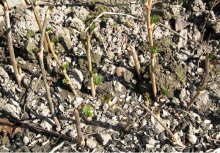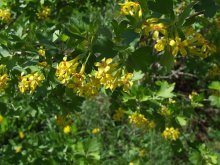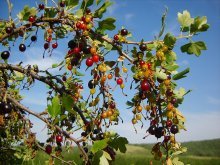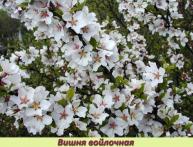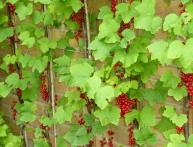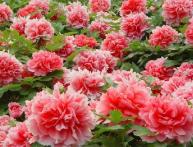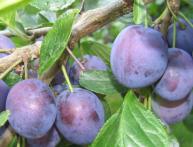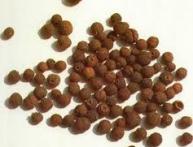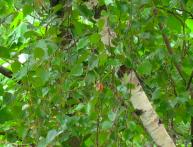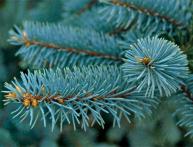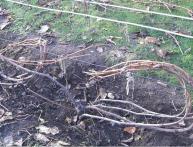Wild currant or repis: growing shrubs at home

Repis or currant wild is a shrub that was brought to Europe from North America at the beginning of the 18th century. There, currants sprouted over a vast area without proper human care. And only several centuries later, people became interested in it as an unpretentious ornamental shrub. Over time, the juicy berries repiss.
Today, wild currants are grown in a variety of countries: the Baltic states, the Czech Republic, England, the North Caucasus, Asia, Ukraine, Belarus, and Russia. As you can see, the climate and soil in the above territories are completely different, but this does not prevent the repis from growing and bearing fruit well.
Content:
General description of wild currant
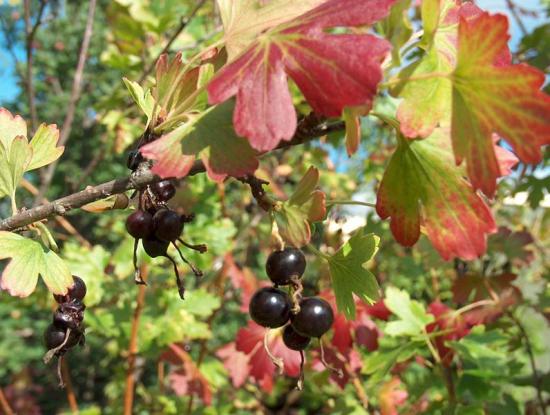
Wild currant - powerful bush height from 1 to 3 meters, which is resistant to both heat, drought and frost, dust, smoke, and is less susceptible to pests and diseases.
In the coldest and blizziest winters, wild currants can freeze slightly, but the bush recovers very easily and quickly.
Repis leaves look like small three-lobed leaves gooseberries, and the berries are medium in size and resemble a mix currants and unripe gooseberries. In autumn, the green plates become bright - red and yellow shades appear on the leaf.
Big and bright yellow flowers Turnips have a pleasant aroma, due to this they attract bees. Blooms at the end of May.
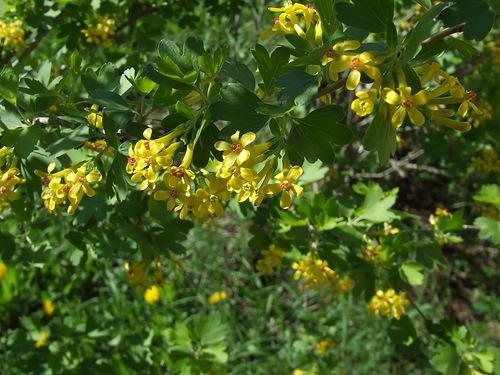
This similarity of the wild plant with other crops has given rise to the incorrect judgment about wild currants as hybrid breed, although the plant is an original species.
Medium-sized wild currant berries. They have a long, dried calyx and are yellow to black in color. The skin is quite dense and has a sour taste. The inside of the fetus is quite unusual. Reminds me of a mixture of black and red currant, as well as the sweetness of the gooseberries.
Compotes, jams and preserves are prepared from wild currant berries, and are also eaten raw. Rich in vitamins C and A, they are more beneficial than lemons, apricot, peach and Bell pepper.
Growing shrubs

Wild currants are grown in a variety of soils: from sandy to clayey. But the key to success in growing repiss lies in the right choice. landing spots and good material.
Rules for choosing seedlings:
- Seedling wild currants should be without signs of drying out and with a well-developed root system up to 20 centimeters;
- The above-ground part of a high-quality seedling consists of 1 – 3 woody branches with a length of 10 centimeters;
- Each branch of the seedling must have at least 3 green buds.
Wild currants are planted in autumn or early spring. To do this, choose bright places without drafts and excess moisture.
The soil for repiss can be varied, but organic matter must be added to it. fertilizers.
Experienced gardeners recommend pouring 5 kg of rotted manure or 200 g of superphosphate into a hole for a plant measuring 50x50x50. Cover it all with a thick ball of soil, then plant a bush and cover it with a little soil.Again add 2 cups of wood ash and again sprinkle with soil and water.
Wild currant also reproduces cuttings, which should be harvested with a length of 30 cm or more, since repiss take root worse than cultivated currant varieties.
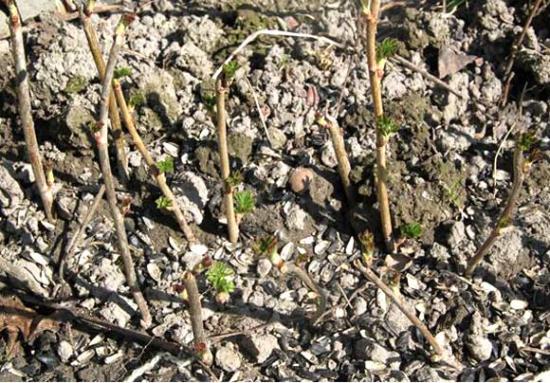
Planting cuttings carried out at the end of August - the first half of September. To do this, the current year's growth is selected, removing unripe tops. Before planting, shrub sections are soaked in water for 3 days and then buried in a hole up to 20 centimeters deep. Before the first cold weather, the cuttings are watered, not allowing the soil to dry out. To conserve moisture, the hole is mulched.
It is worth noting that for wild currants to bear fruit, it is necessary to plant two bushes so that the bees can transfer pollen with flower families to the second plant, only then will the ovaries be complete.
The fruits appear in the second year. But these are only a couple of berries, no more. Full-fledged harvest can be obtained from a 3-5 year old bush. Despite such berry ripening limits, wild currants bear fruit for up to 20 years.
Repis care

Caring for repiss is not particularly different from growing ordinary blackcurrants, but it still has several nuances:
- Watering The bush is carried out once a week after planting the bush and stops after the leaves bloom. Then it is recommended to water once every 2-3 weeks.
- Top dressing wild currant is carried out 2 times:
Spring - use bird droppings and mineral fertilizers;
Autumn - 4 kg of humus, 20 g of potassium sulfate or a glass of ash. - Wild currants require virtually no trimmings, if used as a fruit-bearing plant. If the bush is used as a decoration for a garden plot, the repiss must be pruned.
Optimal period for bush pruning - early spring. Weak and dry branches that are older than 5 years are trimmed with garden shears. As a result, several young shoots should remain.
If the bush is still young, wild currants are formed by sanitary pruning, leaving only strong shoots.
Blackcurrant pruning technique that can be applied to wild currants:


